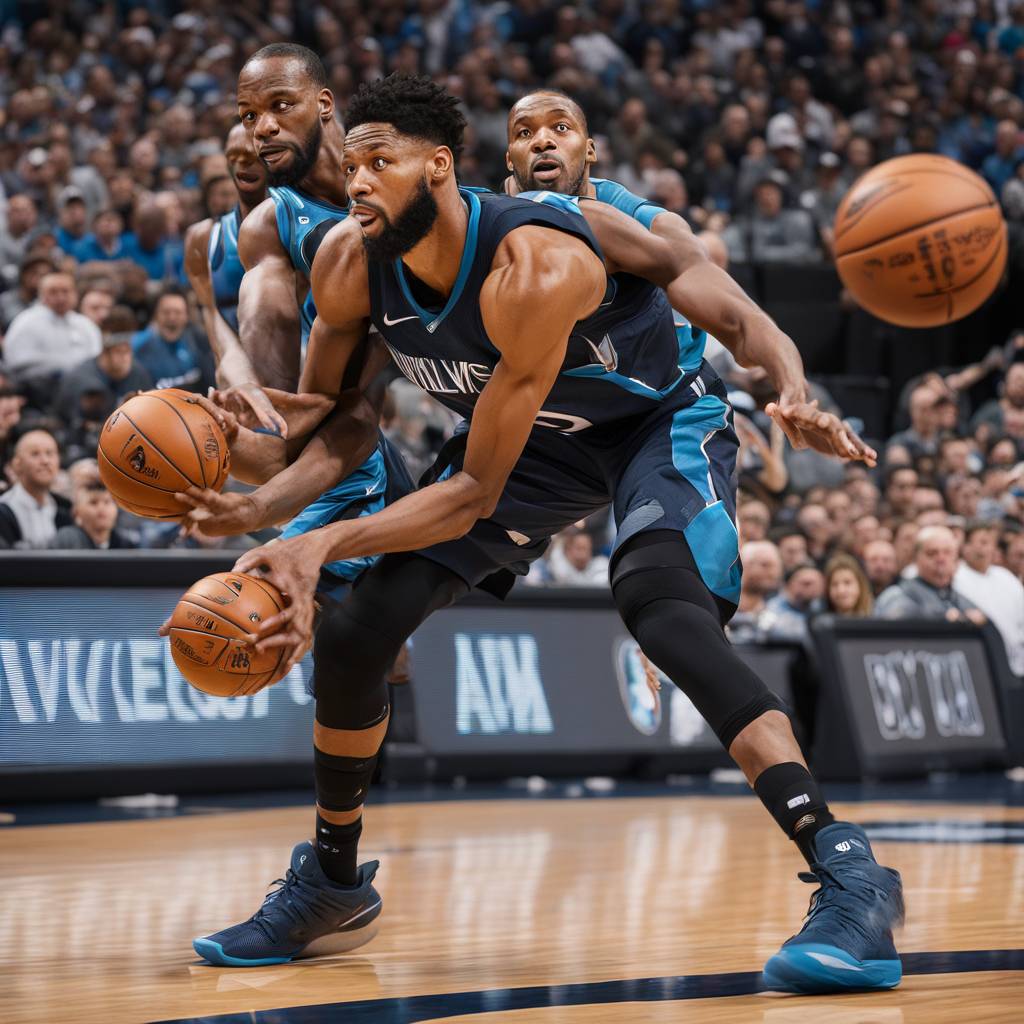The deal for Marc Lore and Alex Rodriguez to take majority control of the NBA’s Minnesota Timberwolves and the WNBA’s Minnesota Lynx fell through in March, leading to a messy situation. The sale broke down due to disagreements over financial plans that would affect the Timberwolves’ ability to compete for a championship. Lore and Rodriguez had projected cost-cutting measures that went against the vision of current owner Glen Taylor, who wants to see the team reach its full potential.
With the Timberwolves currently battling for a top seed in the Western Conference and headed for their fourth playoff appearance in two decades, the potential return of star player Karl-Anthony Towns is eagerly anticipated. However, the team’s success this season has raised questions about the future direction and financial implications for the franchise. The team’s performance in the playoffs could impact decisions regarding the core roster and budget considerations.
The NBA’s new collective bargaining agreement has introduced a second salary-cap apron, creating challenges for teams looking to build competitive rosters without facing significant restrictions. The Timberwolves are facing a potential dilemma with player salaries pushing them close to or over the second apron limit, limiting their ability to make roster improvements. This situation has led to discussions about potential trades, including the possibility of moving key players like Towns to reduce payroll.
The current financial tension within the Timberwolves organization reflects broader challenges facing NBA teams as they navigate the complexities of the salary cap system. Teams must balance long-term financial stability with short-term success on the court, making strategic decisions about player contracts and roster composition. The Timberwolves’ situation highlights the importance of careful financial planning and roster management in today’s NBA landscape.
As the Timberwolves consider their options for the upcoming offseason, potential trade scenarios involving key players like Towns are being explored. Teams with cap space and assets to offer may express interest in acquiring top talent like Towns, presenting opportunities for the Timberwolves to reshape their roster and financial outlook. The decisions made by the Timberwolves in the coming months could have significant implications for the team’s competitiveness and financial standing.
The financial challenges facing the Timberwolves are emblematic of the broader issues confronting NBA teams in the current economic landscape. With the second salary-cap apron creating limitations on roster building, teams must carefully evaluate their financial commitments and player salaries to ensure long-term success. The Timberwolves’ situation serves as a case study in the complexities of managing a professional sports franchise in a competitive and evolving league.


